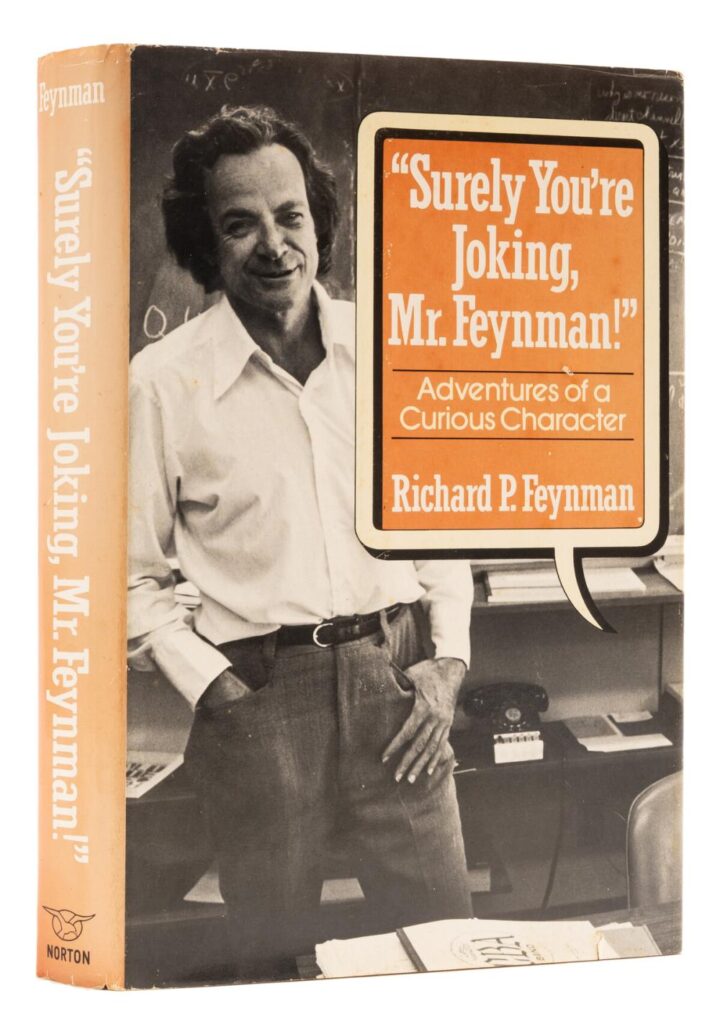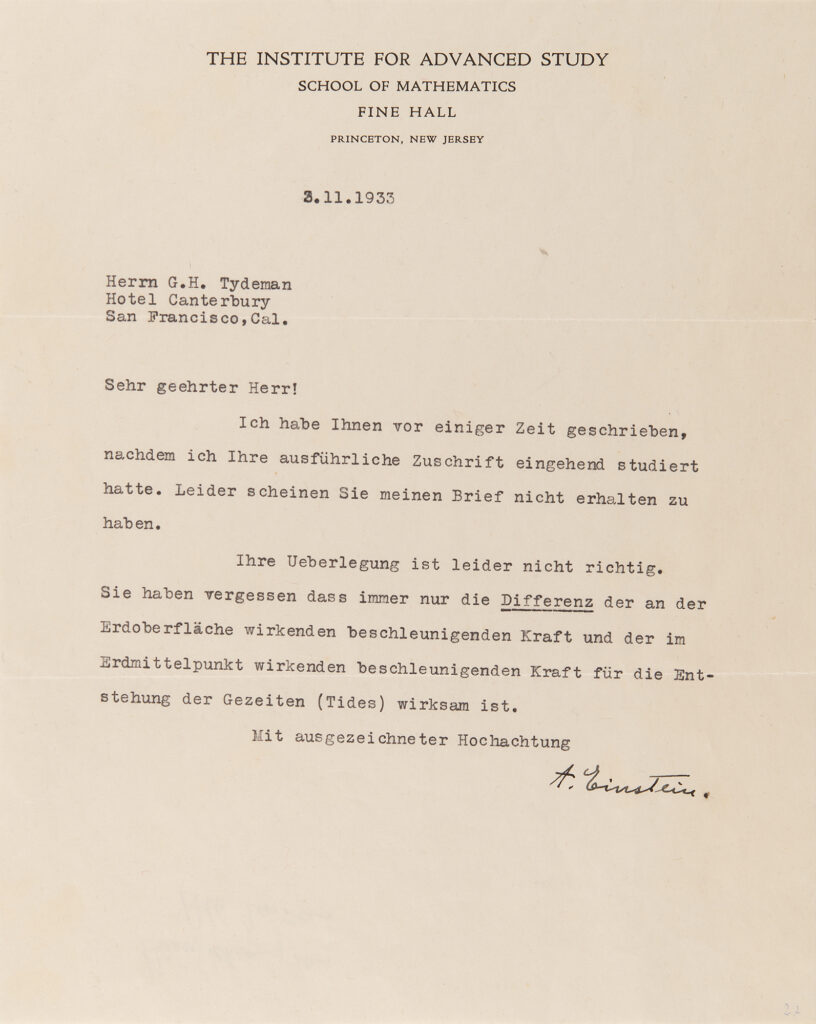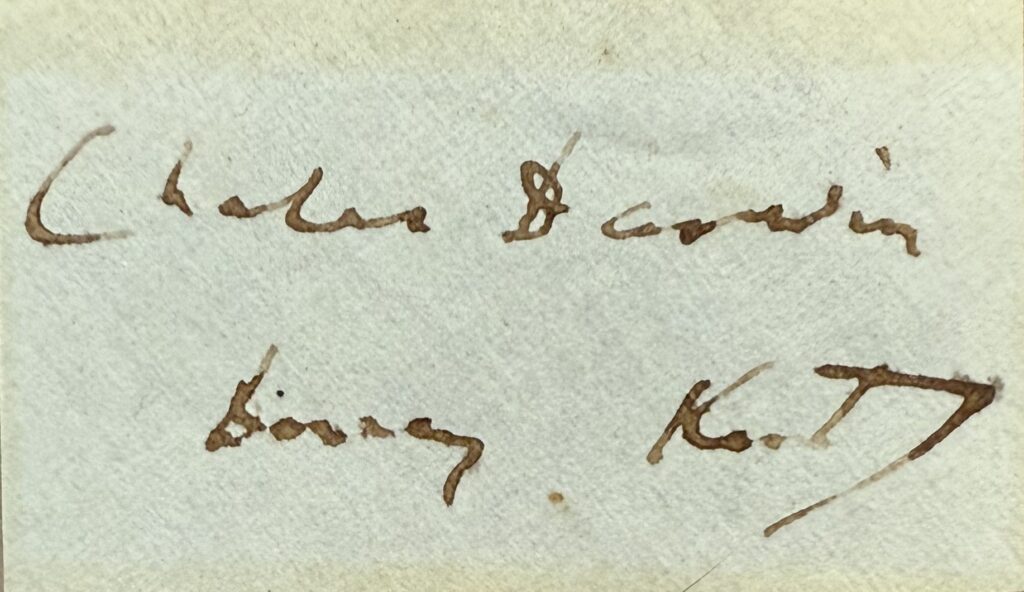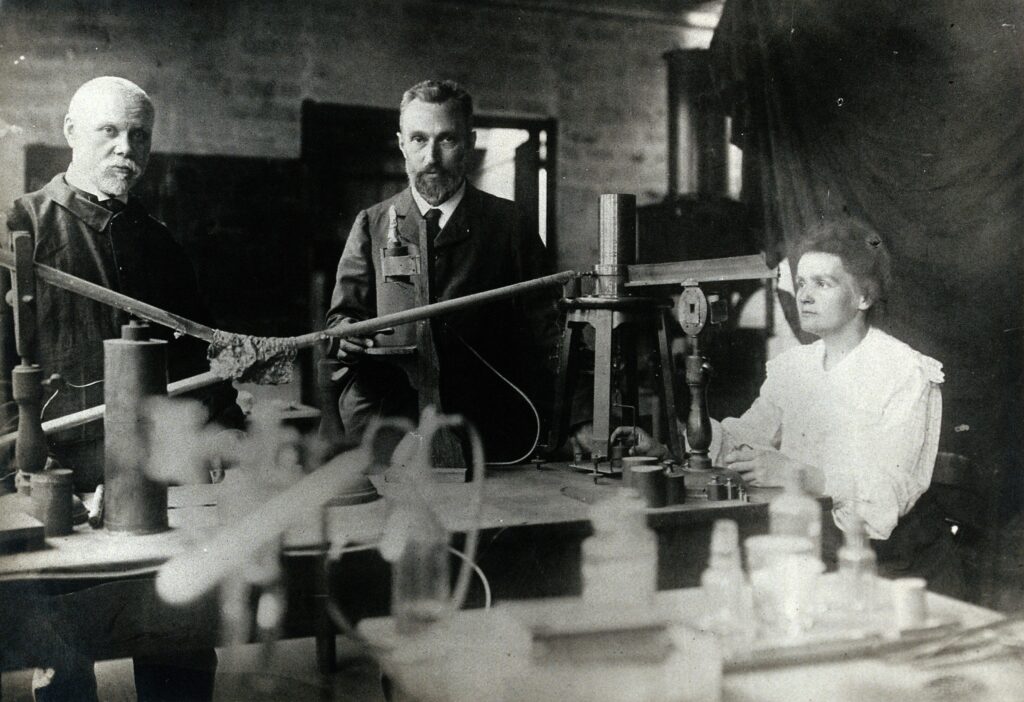AMAZING HANDWRITTEN LETTER FROM THOMAS EDISON REGARDING THE CONDUCTION OF ELECTRICITY FOR ELECTRIC CAR BATTERIES OVER 100 YEARS BEFORE THE ADVENT OF EV’S
Thomas Edison Autograph Letter Signed. One page, on New Jersey and Pennsylvania Concentrating Works stationery, 8 x 10 inches, Orange, New Jersey; February 5, 1898. Letter, marked “personal”, from Edison to Frank L. Perry of the Western Electrician concerning the conducting power of electricity through a wire. Signed, “Thomas A. Edison.”
It reads in full: “The most curious thing in the electrical line that I know of is the instantaneous control of mechanism at a distance over a wire by currents extremely weak, when passed through a cylinder of compressed Calcium Phosphate upon which the electrodes rest.”
By 1898, Edison had moved his laboratory from Menlo Park to West Orange, New Jersey. Within the next year, he was working on an improved storage battery for electric cars and he is probably referring to the electric battery in this letter to Frank L. Perry, who was a journalist for the Western Electrician, a periodical devoted to the latest news in the field of electrical engineering. Edison put a decade of work into perfecting the battery, but during that time cars designed to run on gasoline took over the market. Edison’s batteries found many uses, especially the storage battery.
Frank L. Perry was for many years connected with the editorial department of the Western Electrician in Chicago. He also managed the Baltimore Sun for a while before returning to Chicago, where he continued his journalistic activities.
The New Jersey and Pennsylvania Concentrating Works was established by Edison in 1888. Among Edison’s varied and extensive interests was an ore-milling process that would extract various metals from ore. In 1881, he formed the Edison Ore-Milling Co., but the venture failed, as there was no market for it. In 1887, he returned to the project, thinking that his process could help the mostly depleted Eastern mines compete with the Western ones. Thus, in December 1888, the New Jersey and Pennsylvania Concentrating Works was formed to engage in large-scale magnetic separation of iron ore in New Jersey. Edison became so immersed in its operations that he began to spend much time away from home at the mines in Ogdensburg, New Jersey. Although he invested much money and time into the project, it proved unsuccessful as demand dropped and additional sources of ore in the Midwest were found. Edison’s New Jersey and Pennsylvania Concentrating Works closed in 1900.




